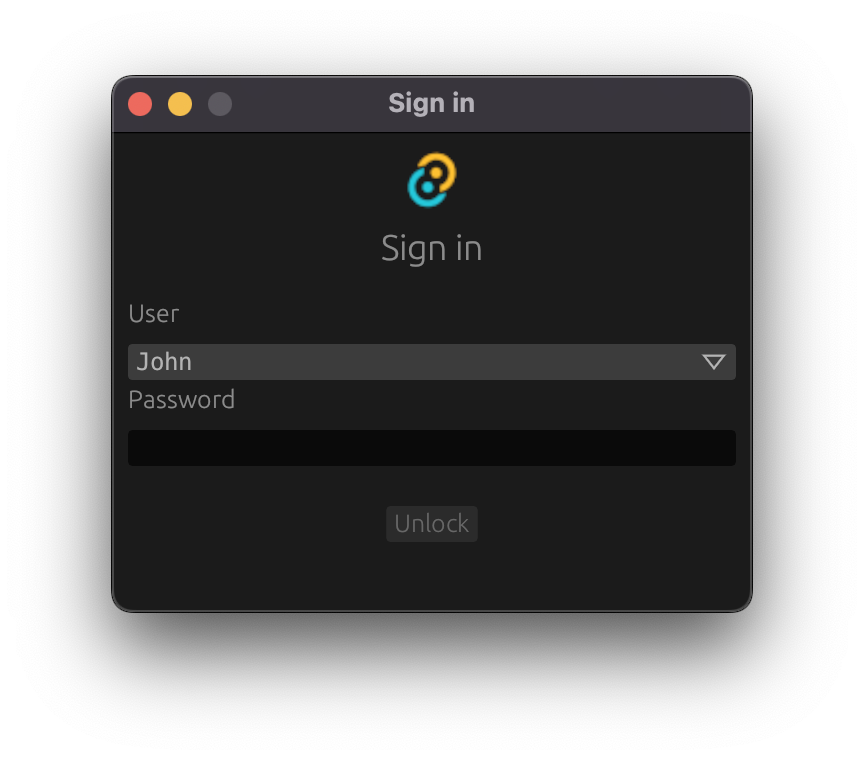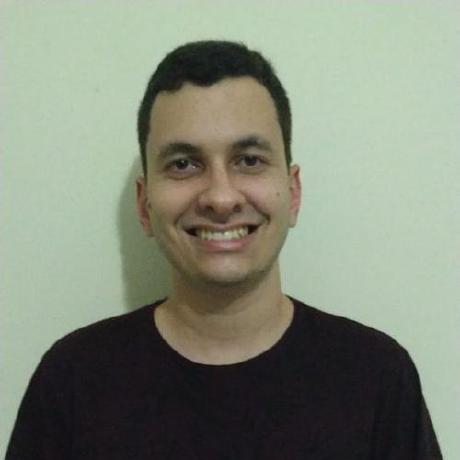Tauri 团队很高兴宣布首次发布 tauri-egui。
egui 是用 Rust 编写的 GUI 库。它通过 glutin 利用 OpenGL 上下文。
tauri-egui 是一个 Tauri 插件,它与 Tauri 运行时事件循环相连接,允许你通过我们的 glutin fork 创建 glutin 窗口,并通过我们的 egui-tao 集成使用 egui。
设置
第一步是在 Cargo.toml 中将该 crate 添加到你的依赖项
[dependencies]
tauri-egui = "0.1"
现在你需要启用该插件
fn main() {
tauri::Builder::default()
.setup(|app| {
app.wry_plugin(tauri_egui::EguiPluginBuilder::new(app.handle()));
Ok(())
})
}
创建 egui 布局
要使用 egui,你只需实现 tauri_egui::eframe::App 特征,即可使用 egui API 渲染元素。在以下示例中,我们将创建一个登录布局。
- 定义将用于渲染布局的结构
use std::sync::mpsc::{channel, Receiver, Sender};
use tauri_egui::{eframe, egui};
pub struct LoginLayout {
heading: String,
users: Vec<String>,
user: String,
password: String,
password_checker: Box<dyn Fn(&str) -> bool + Send + 'static>,
tx: Sender<String>,
texture: Option<egui::TextureHandle>,
}
impl LoginLayout {
pub fn new(
password_checker: Box<dyn Fn(&str) -> bool + Send + 'static>,
users: Vec<String>,
) -> (Self, Receiver<String>) {
let (tx, rx) = channel();
let initial_user = users.iter().next().cloned().unwrap_or_else(String::new);
(
Self {
heading: "Sign in".into(),
users,
user: initial_user,
password: "".into(),
password_checker,
tx,
texture: None,
},
rx,
)
}
}
- 实现
tauri_egui::eframe::App以使用 egui API
impl eframe::App for LoginLayout {
// Called each time the UI needs repainting
// see https://docs.rs/eframe/latest/eframe/trait.App.html#tymethod.update for more details
fn update(&mut self, ctx: &egui::Context, frame: &mut eframe::Frame) {
let Self {
heading,
users,
user,
password,
password_checker,
tx,
..
} = self;
let size = egui::Vec2 { x: 320., y: 240. };
// set the window size
frame.set_window_size(size);
// adds a panel that covers the remainder of the screen
egui::CentralPanel::default().show(ctx, |ui| {
// our layout will be top-down and centered
ui.with_layout(egui::Layout::top_down(egui::Align::Center), |ui| {
// we will start adding elements here in the next sections
});
});
}
}
- 定义我们将使用的某些辅助函数
fn logo_and_heading(ui: &mut egui::Ui, logo: egui::Image, heading: &str) {
let original_item_spacing_y = ui.style().spacing.item_spacing.y;
ui.style_mut().spacing.item_spacing.y = 8.;
ui.add(logo);
ui.style_mut().spacing.item_spacing.y = 16.;
ui.heading(egui::RichText::new(heading));
ui.style_mut().spacing.item_spacing.y = original_item_spacing_y;
}
fn control_label(ui: &mut egui::Ui, label: &str) {
let original_item_spacing_y = ui.style().spacing.item_spacing.y;
ui.style_mut().spacing.item_spacing.y = 8.;
ui.label(label);
ui.style_mut().spacing.item_spacing.y = original_item_spacing_y;
}
- 加载图像,将其分配为纹理并将其添加到 UI(需要
png依赖项)
let texture: &egui::TextureHandle = self.texture.get_or_insert_with(|| {
let mut reader = png::Decoder::new(std::io::Cursor::new(include_bytes!("icons/32x32.png")))
.read_info()
.unwrap();
let mut buffer = Vec::new();
while let Ok(Some(row)) = reader.next_row() {
buffer.extend(row.data());
}
let icon_size = [reader.info().width as usize, reader.info().height as usize];
// Load the texture only once.
ctx.load_texture(
"icon",
egui::ColorImage::from_rgba_unmultiplied(icon_size, &buffer),
egui::TextureFilter::Linear,
)
});
logo_and_heading(
ui,
egui::Image::new(texture, texture.size_vec2()),
heading.as_str(),
);
- 添加用户选择 ComboBox
ui.with_layout(egui::Layout::top_down(egui::Align::Min), |ui| {
control_label(ui, "User");
egui::ComboBox::from_id_source("user")
.width(ui.available_width() - 8.)
.selected_text(egui::RichText::new(user.clone()).family(egui::FontFamily::Monospace))
.show_ui(ui, move |ui| {
for user_name in users {
ui.selectable_value(user, user_name.clone(), user_name.clone());
}
})
.response;
});
- 添加密码输入项
ui.style_mut().spacing.item_spacing.y = 20.;
let textfield = ui
.with_layout(egui::Layout::top_down(egui::Align::Min), |ui| {
ui.style_mut().spacing.item_spacing.y = 0.;
control_label(ui, "Password");
ui.horizontal_wrapped(|ui| {
let field = ui.add_sized(
[ui.available_width(), 18.],
egui::TextEdit::singleline(password).password(true),
);
field
})
.inner
})
.inner;
- 添加提交按钮
let mut button = ui.add_enabled(!password.is_empty(), egui::Button::new("Unlock"));
button.rect.min.x = 100.;
button.rect.max.x = 100.;
- 处理提交
if (textfield.lost_focus() && ui.input().key_pressed(egui::Key::Enter)) || button.clicked()
{
if password_checker(&password) {
let _ = tx.send(password.clone());
password.clear();
frame.close();
} else {
*heading = "Invalid password".into();
textfield.request_focus();
}
}
现在我们已经创建了布局,让我们将其放在窗口上并在 Tauri 应用程序中显示它
use tauri::Manager;
fn main() {
tauri::Builder::default()
.setup(|app| {
app.wry_plugin(tauri_egui::EguiPluginBuilder::new(app.handle()));
// the closure that is called when the submit button is clicked - validate the password
let password_checker: Box<dyn Fn(&str) -> bool + Send> = Box::new(|s| s == "tauri-egui-released");
let (egui_app, rx) = LoginLayout::new(
password_checker,
vec!["John".into(), "Jane".into(), "Joe".into()],
);
let native_options = tauri_egui::eframe::NativeOptions {
resizable: false,
..Default::default()
};
app
.state::<tauri_egui::EguiPluginHandle>()
.create_window(
"login".to_string(),
Box::new(|_cc| Box::new(egui_app)),
"Sign in".into(),
native_options,
)
.unwrap();
// wait for the window to be closed with the user data on another thread
// you don't need to spawn a thread when using e.g. an async command
std::thread::spawn(move || {
if let Ok(signal) = rx.recv() {
dbg!(signal);
}
});
Ok(())
})
.run(tauri::generate_context!())
.expect("error while running tauri application")
}
以下是它在所有平台上的显示方式

要自定义 egui 应用程序的外观,请查看Context#set_style API。
